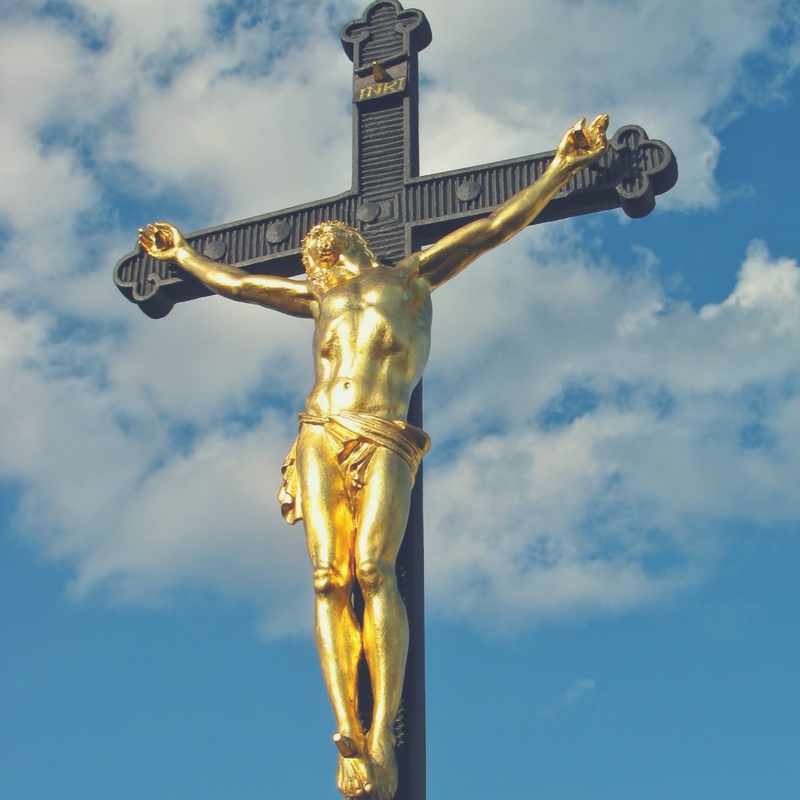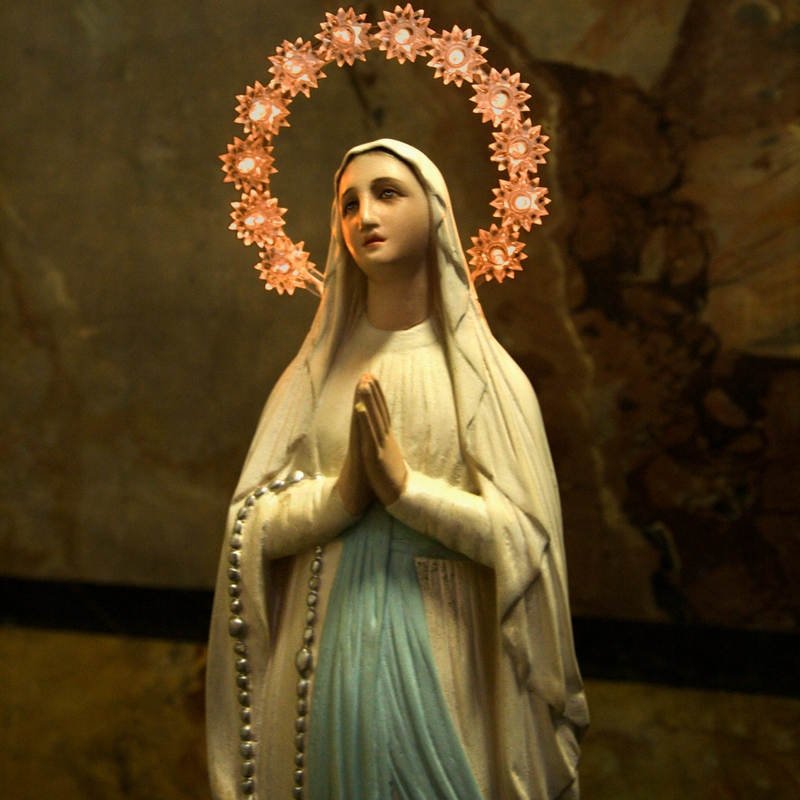
February 21
The General Examination
The general examination has a wider scope than the particular and is intended to help the soul to remain vigilant in all that pertains to the service of God. This is practiced by first praying to God and asking for His help in recognizing your failures and for acquiring the strength to overcome them. Then quietly retrace the movement of your day, glancing over the hours and looking for any thoughts, words or deeds that might have offended God. Ask God for His forgiveness and His help in avoiding
these falls in the future.
these falls in the future.
St. Ignatius took the examination of conscience a step further by adding a positive practice to this routine self-scrutiny. Instead of just examining ourselves on the seven capital sins, he recommends that “the contrary virtues be considered . . . in order to understand better the faults committed that come under the seven capital sins.” Moreover, and still more positively, “in order the better to avoid these sins, one should resolve to endeavor by devout exercises to acquire and retain the seven virtues contrary to them.”
If your main fault is sourced in pride, practice humility. Fight greed with the virtue of generosity. Lust can only be overcome by chastity. Anger is diffused by meekness and gluttony is quickly stifled with temperance. Instead of envying your neighbor, practice love of neighbor, and if you suffer from sloth, develop in yourself the virtue of diligence.
By employing these simple practices with daily consistency, we will not only conquer our vices and become better human beings, but we will also be able to draw closer to God than we ever dreamed possible.














